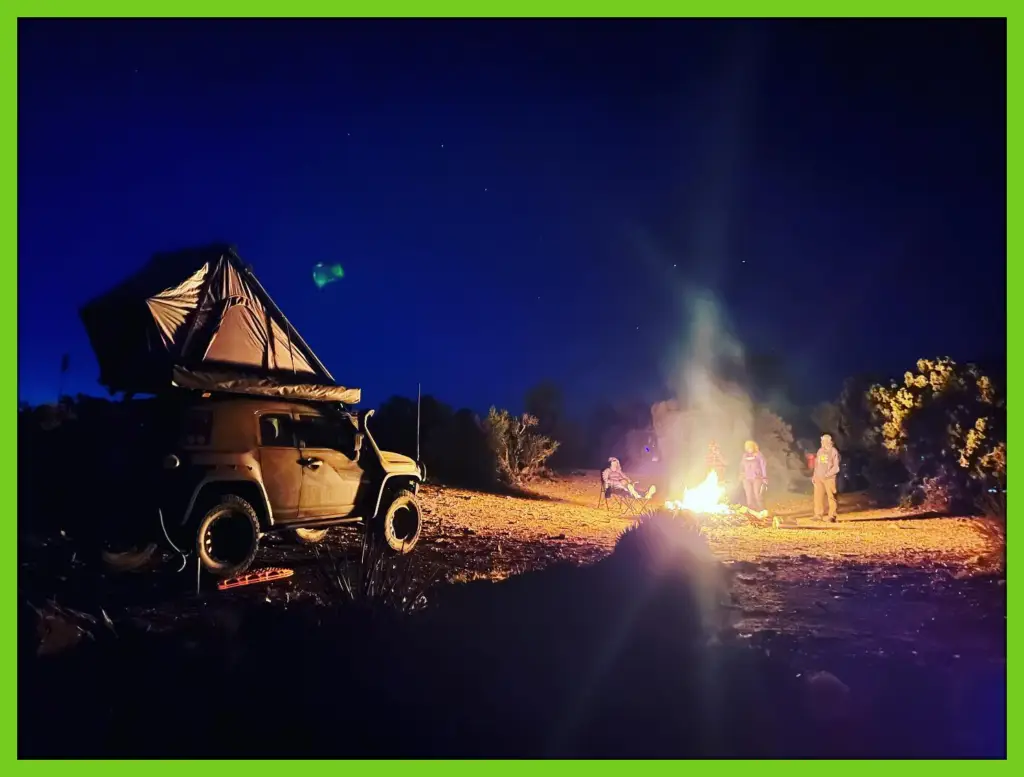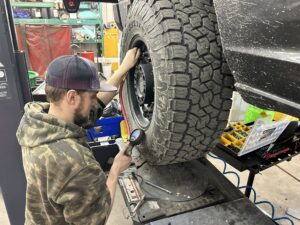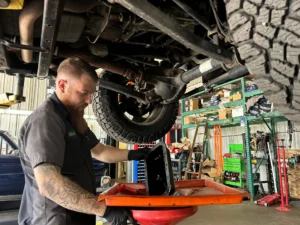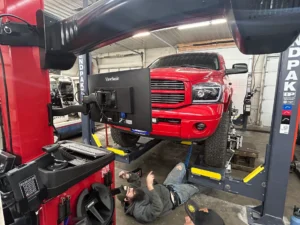What is Overlanding?
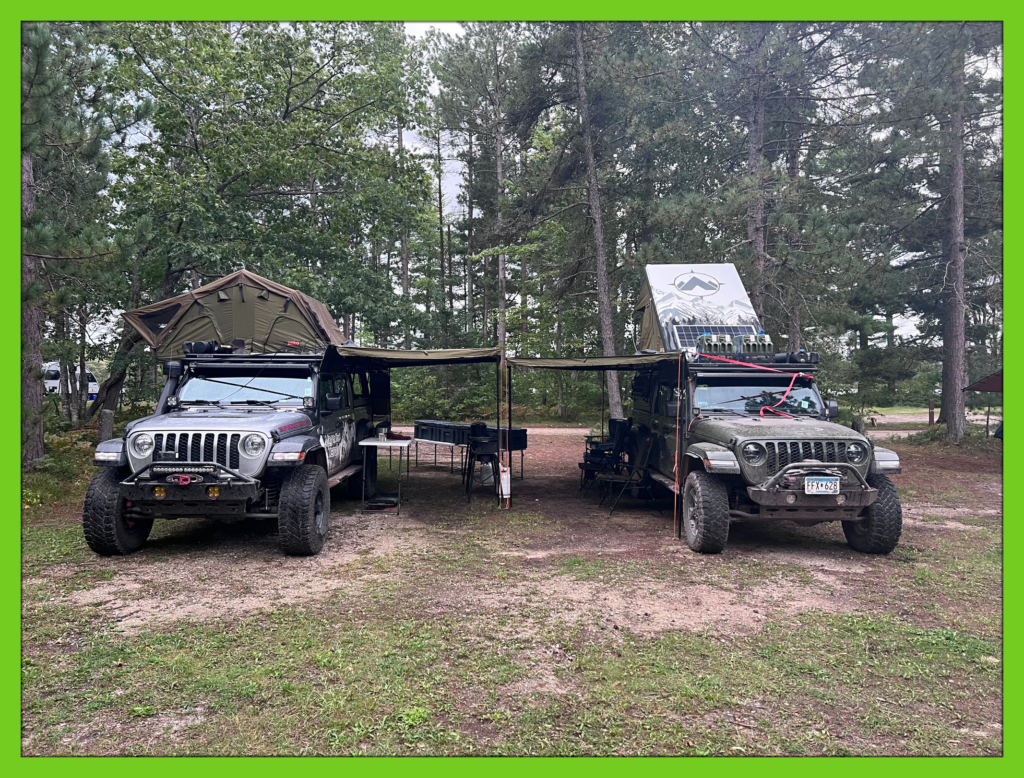
Overlanding is an exhilarating blend of off-road adventure and self-reliant travel, typically via off-road capable vehicles. It involves journeying to remote destinations where the journey itself is the primary goal. Unlike traditional camping or road trips, overlanding focuses on exploration and self-sufficiency, often involving extended trips through uncharted territories.
The Origins of Overlanding
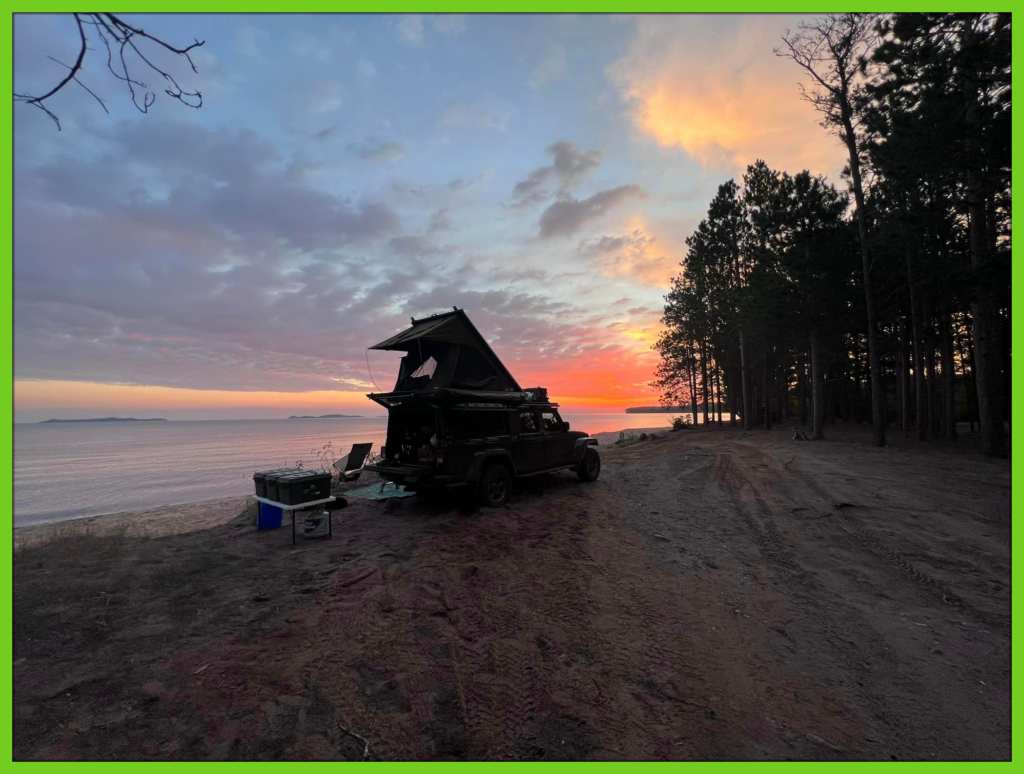
The roots of overlanding can be traced back to the early 20th century in Australia, where “overlanders” traveled vast distances across the Outback, primarily for cattle driving. These early adventurers laid the groundwork for what has become a modern-day passion for exploration and adventure travel. Over the years, the concept has evolved, incorporating advancements in vehicle technology and a growing community of enthusiasts worldwide.
Getting Started with Overlanding: Tips for Beginners
1. Choose the Right Vehicle
The cornerstone of a successful overlanding trip is a reliable, off-road capable vehicle. Common choices include:
- SUVs and Trucks: With four-wheel drive, high ground clearance, and robust suspension systems, these vehicles can handle rough terrains.
- Motorcycles: For the more adventurous, dual-sport motorcycles provide a unique overlanding experience.
When selecting a vehicle, consider factors like cargo capacity, fuel efficiency, and the availability of spare parts.
2. Essential Gear and Equipment
Being self-sufficient is key to overlanding. Here’s a checklist of essential gear:
- Navigation Tools: GPS devices, maps, and a compass.
- Camping Gear: A durable tent, sleeping bag, and cooking equipment.
- Recovery Gear: Items like a winch, recovery tracks, and a shovel.
- First Aid Kit: Comprehensive medical supplies for emergencies.
- Communication Devices: Satellite phones or two-way radios for remote areas.
3. Plan Your Route
Research and planning are crucial. Consider the following:
- Destination: Choose a route that matches your experience level. National parks, forest trails, and desert paths are great starting points.
- Permits and Regulations: Ensure you have the necessary permits and are aware of local regulations.
- Weather Conditions: Check forecasts and be prepared for sudden changes in weather.
4. Practice Off-Road Driving Skills
Before embarking on a long journey, hone your off-road driving skills. Learn techniques for navigating different terrains, such as sand, mud, and rocky paths. Practice using your vehicle’s features, like differential locks and low-range gears.
5. Prioritize Safety
Safety should always be a priority:
- Travel with a Companion: Solo travel can be dangerous; having a travel buddy enhances safety.
- Regular Vehicle Maintenance: Keep your vehicle in top condition to avoid breakdowns.
- Emergency Plans: Have a plan for emergencies, including evacuation routes and contact information for rescue services.
Embrace the Overlanding Lifestyle
Overlanding is more than just a hobby; it’s a lifestyle that fosters a deep connection with nature and a sense of adventure. As you gain experience, you’ll learn to appreciate the journey’s challenges and rewards. Each trip will teach you more about self-reliance, resilience, and the beauty of the unexplored world.
So, gear up, plan your route, and set out on your first overlanding adventure. The world is vast, and there are endless horizons waiting to be discovered. Happy travels!

